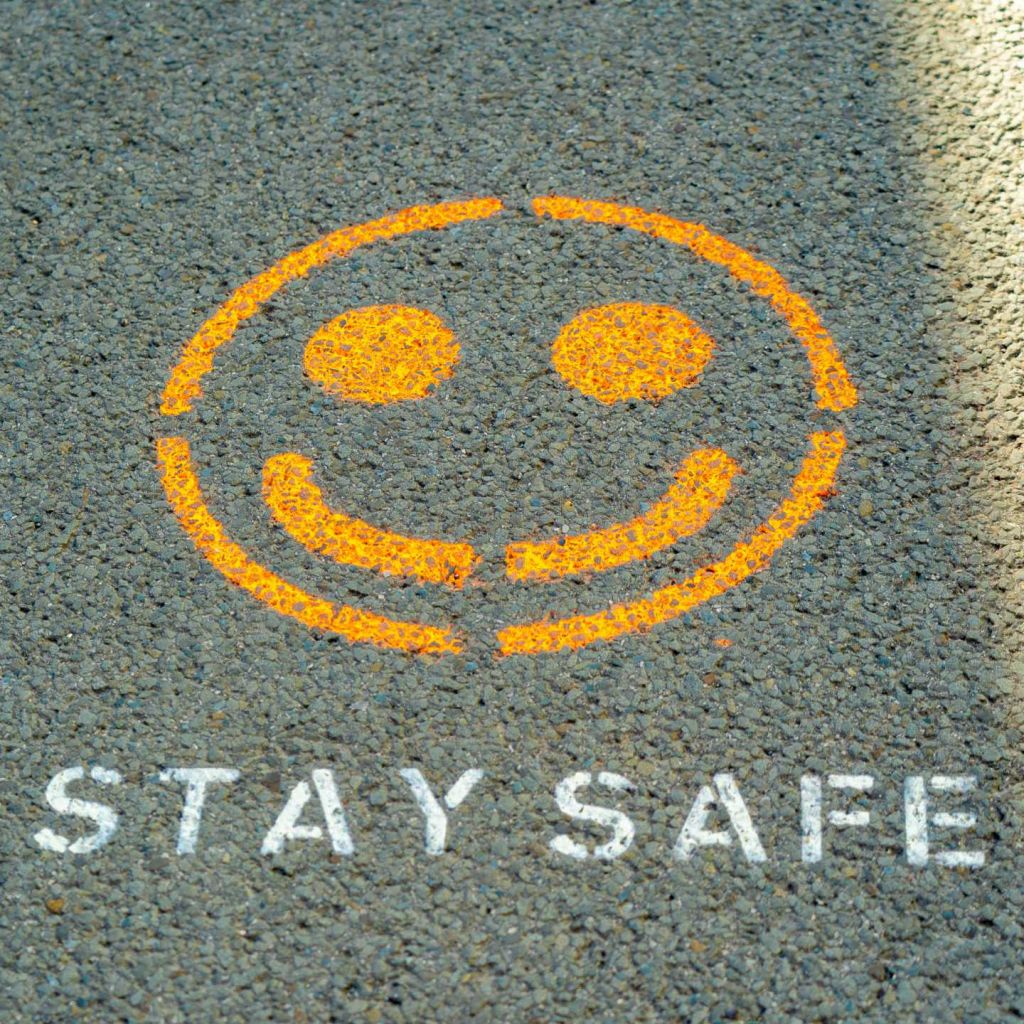What do leaders have to let go of in order to enable self-organization?
Simone Bellisario
SIMONE is a Senior Consultant and Designer at atrain. In his job at atrain, Simone works on supporting organizations to implement holistic and human-centric transformations.
His philosophy is to do so through the conscientious evaluation and use of the best available evidence, to make more effective and thorough decisions. His other areas of expertise include sarcasm, dog whispering and finding always the most appropriate quote from Friends or The Simpsons to describe a situation.
One of the most significant changes brought by the Teal paradigm is the role of leaders, or better yet, the role of leadership across organizations. When a hierarchical organization starts evolving into a self-managing system, leadership stops being something that leaders do and starts belonging to the entire organization. It becomes less and less relevant to split people between those who are leaders and those who are not and by leaders here I mean anyone with a more or less formal “leadership role”. In this transition, the function of leadership itself is evolving from controlling to enabling, from managing to creating the conditions for people to self-manage.
Now, I want you to stop for a second and think about what used to define leadership in the previous organizational paradigms.
…
…
…
Done? I bet that some of the words that came to your mind were around “authority”, “power”, “status”, “ego”, “solving problems” etc., and for the most part you might be right. But how can a “leader” who built their identity around these concepts rebuild it in a way that is functional to support the evolution of their organizations, that will eventually stop needing them to call themselves “leaders”?
Last week, during the Teal Around The World Conference, I had the chance to facilitate a discussion around the topic “what do leaders have to let go of in order to enable self-organization?”. I wanted to explore what it means for “leaders” to let go of what used to define their role in the past and what could enable them to walk this path. I was so excited to see that most of the stories that I heard were about growing and expanding rather than letting go of pieces of leaders’ past identity.
Under this light, concepts like ego, authority, power, status, and control appear more as an armor that leaders build as a response to their past experiences and as a functional adaptation to what used to be rewarded in the previous organizational paradigms. Even though an armor can shield us and enable us to deal with many challenges, there comes a moment when it is necessary to drop it to grow beyond the limits that it puts on us. Embracing the vulnerability that comes with this process is a necessary first step to enable the growth of leaders, and leadership in general, within self-managing organizations.
To what extent is leadership in your organization tied to certain specific roles? And how ready is it to support people who occupy such roles in their evolution into enablers of self-management?





